ABOUT US
led by George Pittas and Bilio Tsoukalas
The site greekgastronomyguide.gr was created to highlight the Greek gastronomy as a whole, embracing all its aspects and all its dimensions, because we believe that the logic that connects the grid "Landscape - Environment - Agricultural Economy - Agri-Food Products - Gastronomy - Culture - Tourism" can to be a key pillar of the new economic development of the country.
Our goal is the detailed recording of the gastronomic identity of each region of the country, through a holistic, but mainly anthropocentric approach.
The content of the website greekgastronomyguide.gr is a result on-site research, recording and photography with personal interview and site visit. The original recording came from the travels of George Pittas who has been traveling all over Greece for 25 years and captures the most uncharted topics of Greek gastronomy - part of which is contained in his 6 books - and from the research of Bilios Tsoukalas, when from In 2003, in her TV shows on ERT, she premiered the producers of local products in the Greek province.
George Pittas

From 1977 to 1980 he studied political economy and sociology at the University of Paris 8 (Vincennes). Founding member since 1980 of the group "Neo Katoikein" who pioneered for 20 years in Greek furniture design, with production and distribution of design furniture.
Since 1995 he divides his time between Athens and Paros where he maintains in the mountain village of Lefkes, the standard hotel unit Lefkes Village.
He was a member of the Board of the Association of Greek Tourism Enterprises (S.E.T.E.) and the Hotel Chamber of Greece (X.E.E.) with activities in matters of culture and alternative tourism.
Since 2010, as a member of the Board of Directors of X.E.E., he is its head "Greek breakfast", a program that aims to connect the hotel with the gastronomic wealth of each place. For this reason he travels all over Greece creating models of local "Greek breakfasts" with the most representative flavors and products of each region.
His writing work:
In 2007 he published "The Signs of the Aegean".
In 2008 the book "Paros - Travelogue in Place and Time".
In 2009 the "Athenian Tavern".
In 2011 "The Festivals in the Aegean".
In 2013 "The Cafes of Greece".
In 2014 the "Treasures of Greek Gastronomy".
Bilio Tsoukalas

From 1984 he worked as a journalist writing in magazines and newspapers ("ENA", "Anti", "Woman", "Click", "I", "Mesimvrini", "Profit"). From 1994 to 2006 he wrote articles for "Madame Figaro" magazine.
In 1985 he was a member of the Initiative Group for Free Radio "Channel 15", leading the abolition of the state monopoly on radio and television and the opening of the first free radio stations. In 1986 he made radio broadcasts on the first municipal radio station "Athens 9,84" and later on TOP FM, ANT-1 and Alpha Radio.
He has worked in television since 1995, presenting cultural shows such as "Plus and Minus", one of the first cultural magazines on public television.
From 2003 to 2013 he presented on ERT the show "He Has Taste", a two-hour, daily, live television show on culture.
She is married to George Pittas.
Books
The Treasures of Greek Gastronomy - © 2014
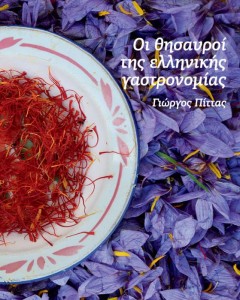
The Cafes of Greece - © 2013
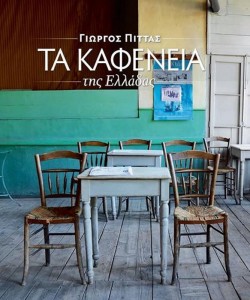
The Festivals in the Aegean - © 2011
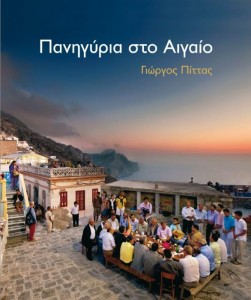
The Athenian Tavern - © 2009
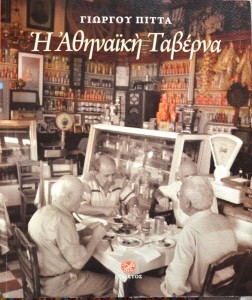
Paros: Journey to Place and Time - © 2008
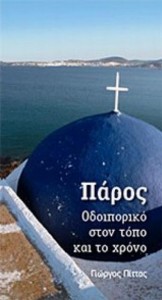
The Signs of the Aegean - © 2007
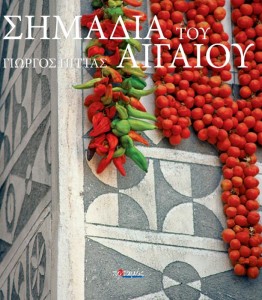
Philosophy
The way of approaching the subjects, apart from the information that is necessary and obvious, focuses on the acquaintance of the creators that are hidden behind them. A anthropocentric approach so that their stories become known. These people, the "creators of the countryside", most with individual, family but also with larger (and sometimes very large) businesses, give in practice their answer to the calls of the times. Alone, with minimal help from state institutions, faced with the grip of bureaucracy and the indifference of the institutions, they fight in the most adverse conditions and win battles in the domestic market and, very often, the recognition of foreigners.
Most young, educated, producers, processors and traders at the same time, create the new model entrepreneur and with love for their place, respect to the environment, passion for their work, persistence in quality and faith in the value of their products, they build the image of modern Greek entrepreneurship in the countryside.
The same happens with those chefs, restaurants, taverns who ignore the sirens of lifestyle and western gastronomic standards and try, utilizing Greek agri-food products and local cuisines, to present the modern versions of Greek gastronomy.
The texts are accompanied by photos that George Pittas took in his travels, with a few exceptions that mainly concern some delicacies, and which were given to us by the owners of the restaurants. Some of the photos of the website were first published in the material of the books of George Pittas. The photos were taken without any direction. No crockery, utensils were used professionally, nor was the support of styling professionals requested. In fact, sometimes the producers - photographed at work - were upset that we were stuck at their feet.
The writer-traveler George Pittas was both a partygoer, a journalist and a photographer, so sometimes the photographic result may be artistically backward, but what we were interested in was in any case - at festivals, cafes, products or delicacies - to the atmosphere of the moment is captured without any attempt at landscaping of the subject, with the food, say, on a tablecloth full of crumbs, soiled. Because after all, this is life, full of crumbs and stains…



